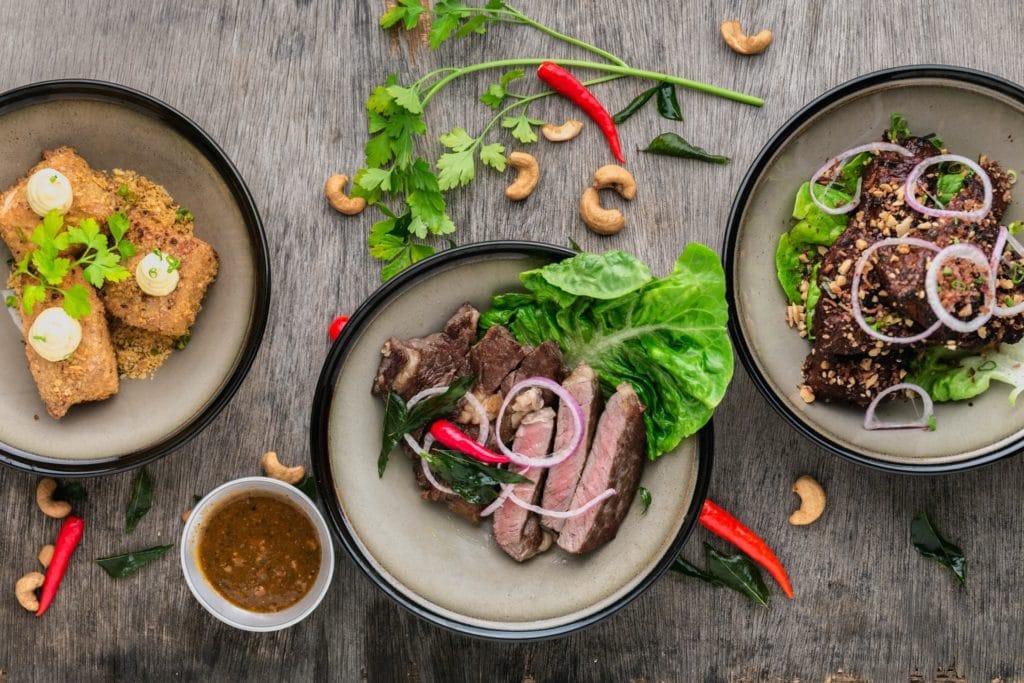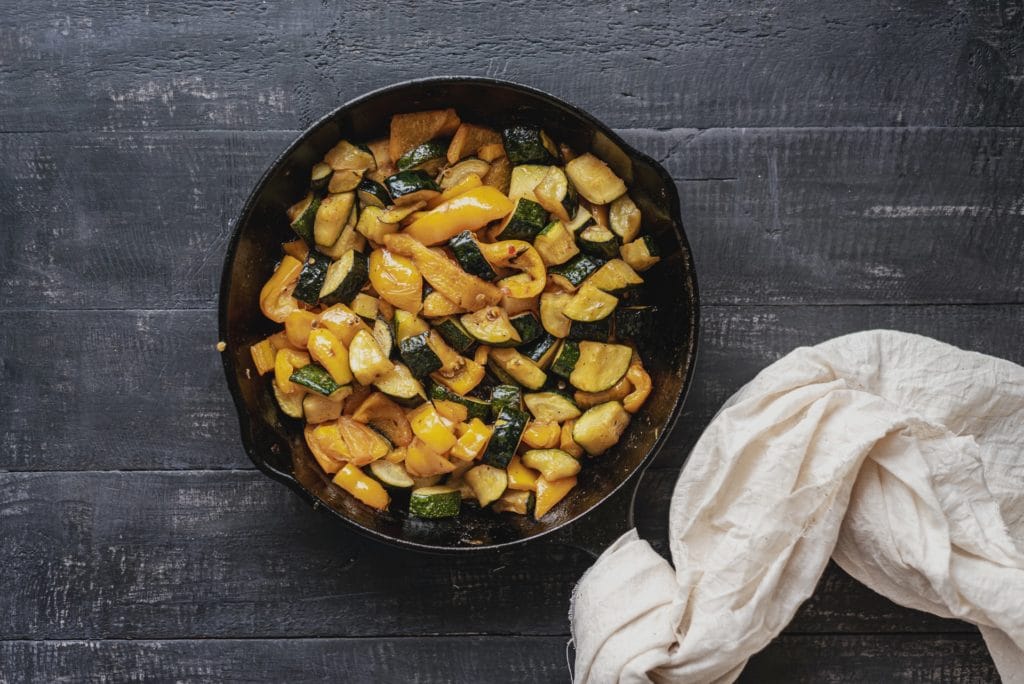What is good cholesterol and bad cholesterol
The most common opinion is that cholesterol is bad, it leads to various diseases of the cardiovascular system, obesity, and so on.
But in fact, it is not so, and here I will try to tell everything in detail and dispel the myth that cholesterol is bad for the body.
In fact, there is only one cholesterol.
And what makes it good or bad is its connection with fats, proteins, and other substances.
When combined with them, they form complexes called lipoproteins.
The composition of these substances determines whether cholesterol is bad or good.
Bad cholesterol is (LDL) Low-density lipoproteins.
From these compounds, cholesterol settles on the walls of blood vessels, creating cholesterol plaques.
This, in turn, disrupts blood flow in the main vessels, increasing the risk of coronary heart disease, heart attack, and stroke.
Triglycerides (fats), which are mostly part of low-density lipoproteins (LDL), behave similarly.
Studies by Danish and German scientists have shown that low-density lipoprotein cholesterol (LDL cholesterol) destroys bacterial toxins that are dangerous to our health.
That is cholesterol, which we think of as bad, strengthens the immune system. However, this rule only works if the level of bad cholesterol is normal.
Good cholesterol, on the other hand, is high-density lipoprotein (HDL), which transports fat molecules from one cell to another, thereby encasing cholesterol inside the cells, where it is consumed or stored.
It is this cholesterol that cleans the walls of blood vessels of cholesterol plaques and carries the cholesterol to the liver, where it is processed into bile components.

How much cholesterol should I have in my blood?
Generally speaking, it is good for adults to have a total cholesterol level not higher than 5.18 mmol/l (93.29 mg/dL), and for children not higher than 4.4 mmol/l (79.24 mg/dL).
It is believed that this level does not contribute to the development of cardiovascular disease and its complications.
But in fact, there are many subtleties concerning the ratio of “good” (high-density lipoproteins) to “bad” (low-density lipoproteins) cholesterol.
It is best to consult your doctor about this.
Currently, the prevalence of elevated total cholesterol in the world population is 58%.
Less than a quarter of people today know their cholesterol levels.
The problem is that when a person has high cholesterol, for many years there are no clinical manifestations.
That is, until it is too late.

What are examples of bad cholesterol?
A person gets bad cholesterol when they:
- Smokes.
- He is overweight.
- When a person has a sedentary lifestyle.
- An unhealthy diet.
- And also a hereditary predisposition.
To get rid of bad cholesterol, you need to normalize your body weight, stop smoking, and start engaging in physical activity.

Good cholesterol foods
If there is a lot of bad cholesterol in the blood, HDL particles do not do their job and dump it directly into the bloodstream, which leads to blood vessel blockages and further to the development of heart disease.
The only safe way to get rid of excess harmful cholesterol.
List of foods that should be included in your diet to increase the level of good cholesterol.
- Wild Salmon.
Wild salmon is very good for your heart. It contains omega-3 fatty acids that are full of high density lipoproteins.
It is recommended to eat wild salmon 2-3 times a week.
Remember, not all nutrients are absorbed by the body, so try to diversify your diet and eat whole foods. - Mackerel.
Another food that contains high amounts of HDL is mackerel.
Add it to your diet to reduce your risk of heart attack and cardiovascular disease.
It contains omega-3 acids, which increase healthy cholesterol, and reduces the number of fat cells in the blood. - Tuna.
White tuna can confidently be classified as food that is high in HDL.
Not only will it promote cardiovascular health, but it will also help reduce blood pressure and the risk of blood clots.
Tuna can be baked or grilled to stay away from harmful fats. - Halibut.
Halibut is another fish that protects the heart. The American Heart Association recommends eating this fish up to 3 times a week.
If halibut is not to your liking, you can try sardines or lake trout.
Fish oil supplements may also be a worthy alternative. - Red Wine.
Don’t think that red wine can only be drunk at parties.
It is among the top foods with high HDL cholesterol and has a lot of benefits.
One glass of red wine can increase HDL blood levels by 4 mg per deciliter.
However, it does not reduce the blood pressure. - Olive oil.
Olive oil is high in antioxidants, which can increase HDL and lower harmful cholesterol.
Use olive oil instead of butter or cooking spray to promote cardiovascular health.
Add a little vinegar to make a delicious salad dressing.
Don’t go overboard with the amount of olive oil, as it contains many calories. - Canola oil.
Canola oil is a liquid vegetable oil that is rich in monounsaturated fats that reduce harmful cholesterol.
It is recommended to use it in cooking instead of butter, which is high in harmful saturated fats.
You can dress salads with it or bake vegetables with it for lunch. - Avocados.
The avocado is a fruit that is high in monounsaturated fats.
It is one of the best sources of HDL cholesterol!
Avocado slices can be added to a fruit salad or mashed and spread on a sandwich instead of mayonnaise and butter.
Avocados can help lower bad cholesterol. - Brussels sprouts.
Brussels sprouts are another food you can add to your diet to increase good cholesterol.
It lowers LDL levels by completely blocking it.
Even fats stop being absorbed into the bloodstream.
It contains soluble fiber, which is the best option for raising HDL levels. - Oranges.
Oranges, like any other fruit, contain antioxidants that protect a person’s heart from various diseases.
An adult should eat at least 20 grams of oranges or other vegetables/fruits a day to increase good cholesterol. - Lima beans.
Lima beans are something you must try!
It lowers bad cholesterol and improves a person’s cardiovascular health.
Lima beans can be boiled with other vegetables such as carrots and bell peppers or simply added to vegetable salads.
If you make very small changes in your diet, you can cleanse your bowels, get full faster with less food and provide your body with a regular dose of fiber, which is needed to reduce harmful cholesterol. - Walnuts.
Walnuts are full of polyunsaturated fatty acids that support vascular health.
However, nutritionists recommend eating them in moderation because they have calories and can make you overweight.
They can be eaten raw, with sugar, salt or covered with caramel. - Almonds.
A handful of almonds each day can help reduce the risk of heart disease.
They are full of protein, which fights excess fat deposits and keeps you full for a long time.
Almonds should be an integral part of a healthy diet.
They are high in vitamin E, which reduces the risk of developing plaque in the arteries. - Hazelnuts.
Hazelnuts contain omega-3 fatty acids that help control your heart rate.
It also contains fiber, which prevents diabetes and helps you eat less.
They are high in polyunsaturated and monounsaturated fats, which are perfect for the heart. - Peanuts.
Peanuts contain L-arginine in large amounts.
It improves the condition of the arteries by increasing their flexibility and reduces the risk of plaque formation.
It also regulates blood circulation. - Pistachios.
Pistachios contain plant sterols, substances that control the amount of cholesterol.
They are often added to other foods, in orange juice, for example, because of their many health benefits.
It is recommended to eat about 45-50 grams of nuts a day, which will make reducing harmful cholesterol even more effective. - Dark Chocolate.
Dark chocolate is a great way to incorporate something tasty and healthy into your diet.
It can reduce harmful cholesterol and contains antioxidants and flavonoids that work wonders for the human heart.
Nevertheless, you should not abuse this sweet and eat it in moderation to avoid gaining extra pounds. - Green or Black Tea.
Black and green teas are full of antioxidants that have positive effects.
Three cups of tea a day will boost cardiovascular health and improve the appearance of your skin.
These drinks are often used for weight loss, to lower blood pressure and to treat diabetes.
It is best not to add sugar and cream to your tea, it will only reduce the benefits of hot drinks. - Brown Rice.
Brown rice is considered one of the best whole-grain crops to lower LDL cholesterol.
It also reduces the absorption of cholesterol into the bloodstream.
Replace unhealthy white rice with brown rice to experience the benefits of this product for yourself.
It also fights stress, reduces the risk of diabetes and helps you lose weight. - Soy.
Soy milk or tofu cheese can also help lower bad cholesterol.
It has zero grams of cholesterol and lots of omega-3 fatty acids, which is just great for heart and vascular health.
According to James Beckerman, M.D., soy milk won’t be enough to lower cholesterol, so he recommends including other whole foods in your diet. - Red beans.
The leader in lowering LDL cholesterol among legumes is red beans.
Many nutritionists recommend it.
A half cup of red beans contains 3 grams of soluble fiber and 6 grams of fiber.
Regular consumption of beans reduces low-density lipoproteins. - Berries.
Berries contain vitamin E, which stops the oxidation of cholesterol and the formation of plaques inside blood vessels.
And that’s not all, berries can fight cancer and improve bone health.
People who eat berries every day do not experience digestive problems, unlike those who do not eat berries.
Those who don’t like berries can eat guava, kiwi, mango or peaches instead.
Just remember to watch the calories in fruit. - Eggplant.
Did you know that brinjals or eggplants can take care of your heart health?
They contain a lot of soluble fiber and very few calories.
They contain a ton of nutrients just like some other vegetables, such as okra (okra), for example. - Enriched foods.
Enriched foods are also good for your heart.
Yogurt, orange juice, and cranberries are prime examples. They reduce cholesterol levels by 6-15%.
Isn’t that healthy?
Don’t forget to carefully read the labels of the foods you buy, because in addition to healthy ingredients, they often hide harmful ones.



